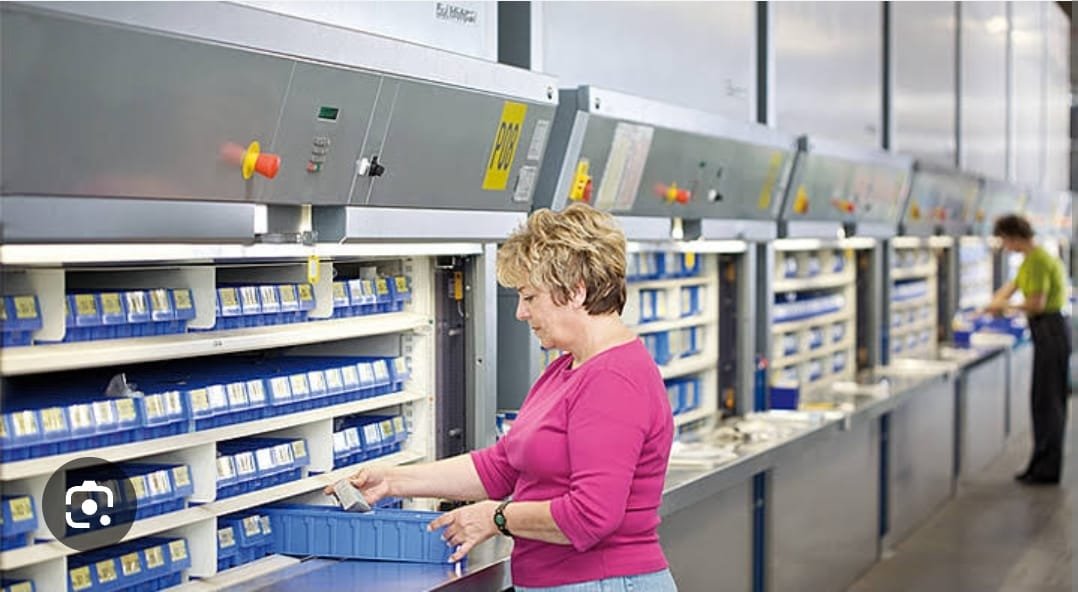
Articles

The automated storage system is designed to seamlessly integrate with various automated equipment. This includes conveyor systems, robotic arms, and barcode scanners. These systems utilize cutting-edge technologies like robotics, artificial intelligence, and real-time data analysis. Their goal is to revolutionize how goods are stored, retrieved, also managed within a warehouse.
In today’s fast-paced business environment, efficient warehousing is crucial in meeting customer demands and maintaining a competitive edge. One key innovation that has revolutionized warehouse operations is the automated storage system.
Automated storage systems have the potential to drive innovation and growth in the warehouse industry. They offer numerous advantages over traditional manual methods. It also, includes increased storage capacity, faster order fulfillment, and improved inventory accuracy.
The Rise of Automated Self-storage in Warehouses
In recent years, the demand for efficient storage solutions has driven the adoption of automated warehouse storage systems. The ability to seamlessly integrate with various automated equipment allows for a streamlined and efficient workflow. As a result, significant time and cost savings are achieved.
Key Features and Functionality of Automated Storage Solutions
These systems are designed to meet the specific needs of warehouses, providing customization and adjustability.
They utilize advanced technologies like robotics, artificial intelligence, and real-time data analysis to optimize storage space utilization and enhance warehouse productivity. By incorporating safety locks, load stoppers, and pallet supports, these systems minimize the risk of accidents also, ensuring a safe working environment.
Advantages of Automated Storage System
- Enhanced Space Utilization: Automated storage systems maximize the utilization of available space by utilizing vertical storage capabilities, reducing the warehouse’s footprint while increasing storage capacity.
- Faster Order Fulfillment: Automated storage systems enable quick and efficient retrieval of products, reducing order processing time and ensuring faster order fulfillment.
- Real-time Inventory Management: These systems provide real-time visibility and control over inventory, allowing warehouse managers to optimize stock levels, also, reduce stock-outs, and streamline replenishment processes.
Implementing Automated Self-storage: Best Practices
Implementing an automated storage system requires careful planning and execution. Here are some best practices to consider:
- Conduct a thorough analysis of warehouse operations and requirements before selecting the appropriate automated storage system.
- Ensure seamless integration with warehouse infrastructure and equipment, such as conveyor systems and robotics.
- Train warehouse staff on using and maintaining the automated storage system to maximize its benefits.
- Regularly monitor and optimize the system’s performance through data analysis also continuous improvement initiatives.
Conclusion:
Automated storage systems have revolutionized warehouse operations, offering increased efficiency, improved order accuracy, and enhanced space utilization.
Automated storage systems have revolutionized the warehouse industry by optimizing workflows, reducing the risk of accidents, and providing real-time inventory management. These systems leverage advanced technologies and seamless integration with automated equipment like conveyor systems, robotic arms, and barcode scanners.

